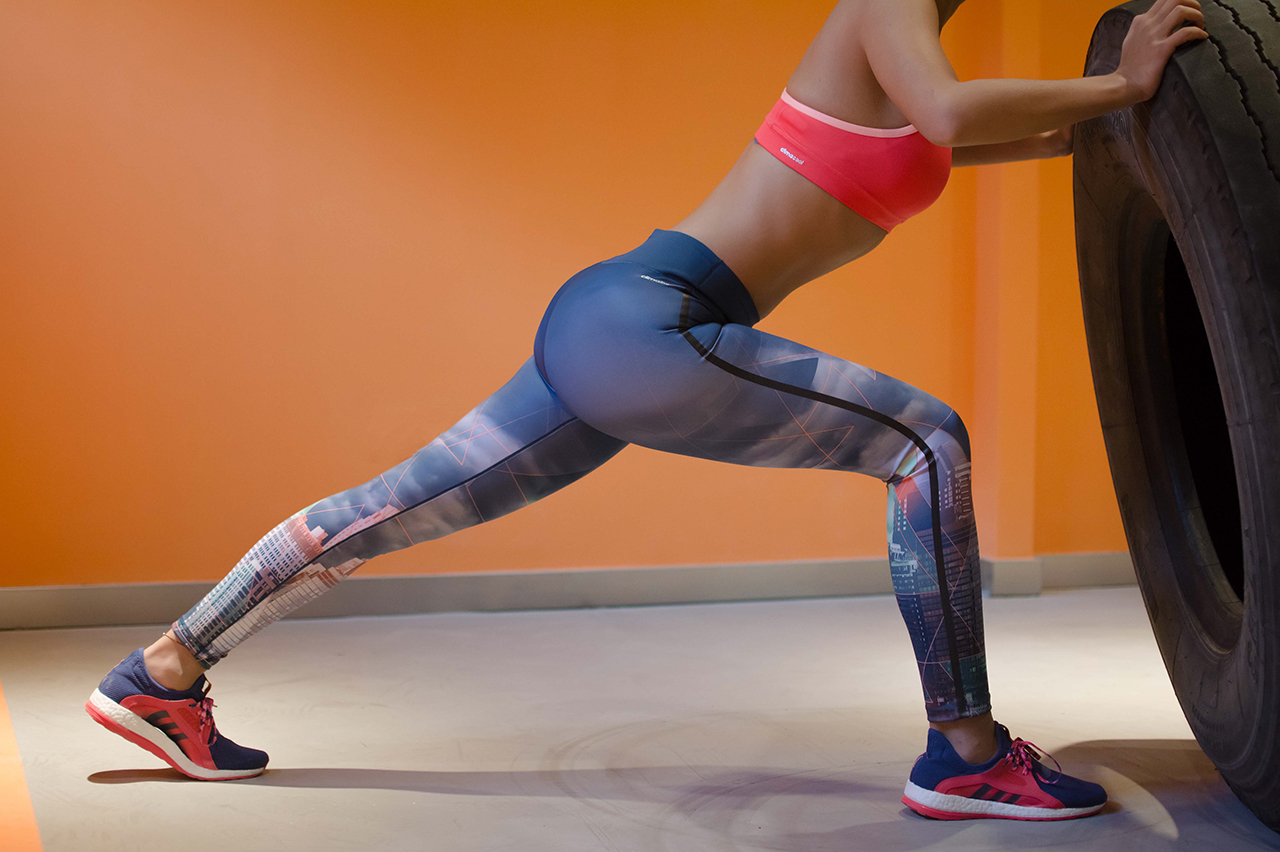
So, you have decided on a fitness goal and have selected a fitness plan that includes a set of workouts designed to help you reach a new level of fitness. You have your workout gear, your headphones, and your playlist ready to go. You have committed to making this work and you are going to stick with it and finally build that muscle/lose that fat/get in the shape you have always wanted to get. Today is the first day of the best of your life!
Get Your Mind In Touch With Your Body
Here are some tips to get you started and help you maximize your results:
When starting a fitness plan and reviewing an exercise list, it is important to keep in mind that each exercise has a purpose and a set of muscles that it is targeting. Before you try to max out on your weight capacity, take a moment to rehearse the movement so you can assume the proper position to fully engage the muscle group.
Every lift, curl, squat, bench press, etc. recruit a specific set of muscle fibers that contracts to perform the movement. You want to make sure you can feel that muscle group being activated before you start adding resistance to it. By doing this, you are setting up a connection between your mind and your body to be able to recognize and focus on the muscles being targeted and establish and maintain that form throughout the movement.
Without this connection, you risk using improper form that may lead to muscular imbalance, injury or under-training (aka wasting your time). At this point in the process using the heaviest weights you can lift is not appropriate. You want to find a weight that you can use to feel your muscles engage as you move. This is the muscular orientation process.
How to do it:
(The basic elements of all weight training are “stretch and contract”)
Bench Press:
For the bench press, you want to start with just the bar and no weights. While laying on the bench, unrack the bar and bring it slowly to your chest at the level of your nipples and feel your chest muscles stretch as you lower it to the bottom of the movement. From here, push upwards, feeling your chest muscles contracting as you extend your arms fully without locking your elbows and flex your chest muscles to feel them being activated by the movement. This is how your reps should feel and this should be the range of motion for your set once you add weights.
Lat Pull-downs:
From the seated position reach above your to grab the bar with an overhand grip (stretch). With the lowest weight possible to feel minimum resistance pull the bar down to the top of your chest while maintaining an upright position. As you pull down, bring your shoulder blades together and contract your back muscles, flexing at the bottom of the movement. This is how your reps should feel and this should be the range of motion for your set once you add weights.
Barbell Back Squats:
With the bar balanced evenly on your upper back and no additional weights, push your hips back and bend your knees as if you were going to sit in a chair. Feel your hamstrings and your quadriceps stretching as you lower yourself into the movement. Keep your chest up and resist leaning forward as much as possible. When you get to the lowest point in your range of motion, return to the starting position, feeling your glutes contracting and flex them at the top of the movement. This is how your reps should feel and this should be the range of motion for your set once you add weights.
Barbell Biceps Curls:
With your arms fully extended, curl the weight while keeping your elbows at your sides and flex your biceps at the top of the movement before lowering them back to the starting position. It is important that you allow your arms to fully extend before beginning the next rep because the effort required to curl from the zero points is what recruits the most muscle fibers and maximizes the training effect. This is how your reps should feel and this should be the range of motion for your set once you add weights.
Overhead Triceps Extensions:
With your arms bent and your elbows facing forward, extend the arms to the top of the movement, feeling your triceps contracting and flexing once fully extended before returning to the starting point. This is how your reps should feel and this should be the range of motion for your set once you add weights.
Do you see the pattern?
- Complete the full range of motion.
- Flex at the contraction point of the movement
- Feel the muscles you are engaging in the exercise
With this orientation, you will know if you are doing your fitness plan right, and you will be able to connect with this feeling as you fatigue so you can ensure that you are maintaining proper form. Once you add the appropriate resistance to your fitness plan, it will be easier to feel when you are using the right amount of weight because anything heavier will disrupt the connection and the feeling you have established.



